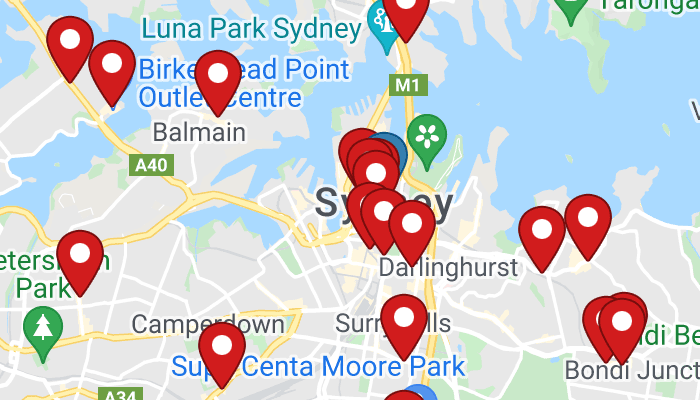Postcard from America – vaping mistakes
- December 4, 2021
- Posted by: Liber
- Category: International news & media

Unrivaled success story
JUUL was the biggest success story in the vaping world. It was every would-be entrepreneur’s dream – a couple of guys become friends at University, come up with an idea, pursue it doggedly for years, and then cash out as bonafide billionaires. And the story of JUUL was just that – at one point in time the JUUL device had more than 75 percent of the market in the US. When big tobacco came knocking with the chequebook, JUUL was valued at a staggering USD 38 billion.
JUUL was a growth machine. A research letter published by the Centers for Disease Control and Prevention (CDC), shows that JUUL’s sales increased by 641% from 2016 to 2017. But according to a paper from the Johns Hopkins Ciccarone Center for the Prevention of Cardiovascular Disease the number of adult nonsmokers who began using e-cigarettes in the U.S. doubled over that period. Much worse, data from federal health surveys indicated that more than five million high school students were now vaping.
Their predominant product of choice? JUUL.
So, how was this allowed to happen? How were so many nonsmokers and youth attracted to the JUUL device? A device which, according to its creators, was created with the very specific intention of being an alternative to smoking, and more specifically, to disrupt the tobacco industry.
A marketing wild west
The U.S. FDA has oversight of vaping and e-cigarettes, so surely there were regulations in place to control the marketing of these products? Well, yes, but not really. It is illegal for minors (under 18 in some States, under 21 in others) to purchase e-cigarettes. But that’s where it stops. Remember, courtesy of the First Amendment’s commitment to freedom of speech, it is still possible to advertise cigarettes in the U.S., something that has been unheard of in Australia since the 1980s. Of course, those same freedoms extend to e-cigarettes.
However it was the targeted nature of the ads which was of the greatest concern, and the root of JUUL’s eventual PR woes. A New York TImes article noted,
“The ads for Juul showed up in Vice magazine, at pop-up “Juul Bars” at concerts that offered free samples of the product, on a bright billboard display that loomed over Times Square, and in a social media blitz.”
Again, a completely foreign concept in Australia.
The widespread availability of e-cigarettes in the U.S. generally – they are available in petrol stations, corner stores, supermarkets, etc. – coupled with the ability to market the products with relative freedom, amounted to a perfect storm. A storm which many in Australia would prefer to avoid.
A need to move with caution
In a recent article in the Sydney Morning Herald, Cancer Council chief executive Sanchia Aranda, reminded us that,
“caution must be exercised to ensure that vaping manufacturers are not free to create another generation of nicotine addicts.”
Of course, Professor Aranda went on to highlight the youth uptake of vaping in the U.S. as a case in point.
It has to be remembered that e-cigarettes are products intended for adult smokers. If, as often contended, e-cigarettes are 95% safer than a cigarette, well that has to be a good start for a smoker wanting to quit. For anyone who isn’t a smoker, 95% safer than a cigarette, perhaps isn’t particularly safe at all.
The technology of e-cigarettes has developed at an incredibly rapid pace. With the right regulations in place, and under the stewardship of medical professionals, we have the potential in Australia to take the e-cigarette to the next level.
In the interests of consumer safety, would it be wrong to require product manufacturing standards to meet those of a medical device? How about pharmaceutical style Good Manufacturing Practices for e-liquid production? Or ISO cleanroom standards for e-liquid laboratories? All this with guidance and advice from your GP and your community Pharmacist.
We should be looking for every opportunity to make products safer. Rather than settling for 95%, perhaps we could aim for 99.9%?

Find your nearest stockist
Over 1,000 community pharmacies across Australia currently hold nicotine vaping products in-store.






